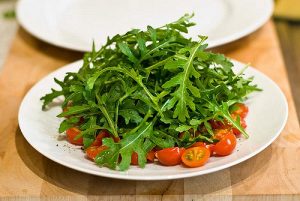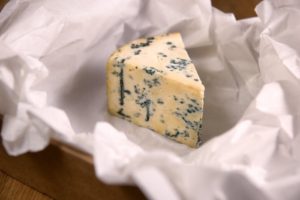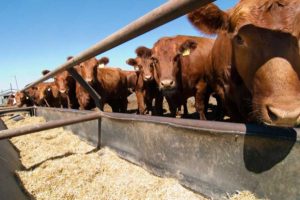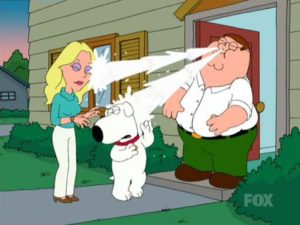Is there a way to mediate the values between protecting public health and protecting business?
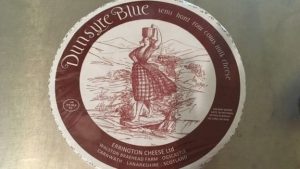 My suggestion would be the company stop asserting that testing found nothing – because that means shit – and Food Safety Scotland get the legal plug out of its ass and go public with whatever information they have.
My suggestion would be the company stop asserting that testing found nothing – because that means shit – and Food Safety Scotland get the legal plug out of its ass and go public with whatever information they have.
So while the Scottish company at the centre of an E. coli O157 recall related to its raw milk Dunsyre blue cheese continues to say it’s innocent, and Food Standards Scotland isn’t talking, maybe this will help focus the participants on what matters.
A child has died following the outbreak of E. coli O157 in Scotland, one of 20 confirmed cases of infection – detected between 2 and 15 July – 11 of whom had received hospital treatment.
Health officials are investigating possible links to Dunsyre blue cheese, which is made with unpasteurised milk.
South Lanarkshire-based Errington Cheese, which makes Dunsyre blue, said last month that testing had shown it to be “completely clear of E. coli O157”.
Health Protection Scotland said that epidemiological investigations had “identified Dunsyre Blue cheese as the most likely cause of the outbreak”.
It added: “Despite extensive investigation, including looking for other possible food sources, no other link to a majority of cases could be established.”
Testing don’t prove shit.
Dr Alison Smith-Palmer, from Health Protection Scotland’s Incident Management Team (IMT), said: “On behalf of the IMT, I would like to take this opportunity to extend our deepest sympathies to the family of the child who has died.
“Our thoughts are with them at this time and we ask that their privacy be respected.
“All confirmed cases became unwell prior to the end of July. As there have been no new cases since then the IMT will now stand down and work to produce its final report.”
It is understood that the final report could take up to six months to produce.
“All our testing, covering a period of almost six months from 21 March to date, is completely clear of E. coli O157,” the statement said.
“All authority testing is negative for E. coli O157. All customer testing for E. coli O157 is negative. All farm testing for E. coli O157 is negative.”
The statement added: “From what we can gather all cases had an onset of symptoms between 1st -15th July (2 week period).
“However, our cheese was available over a 8/9 week period.
“From this we conclude that the outbreak was more likely to have been caused by something with a shorter shelf-life or not by a food at all.”

